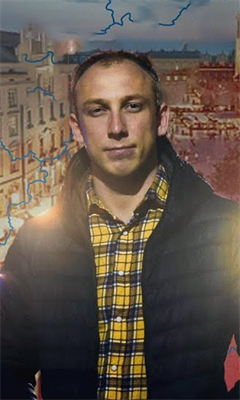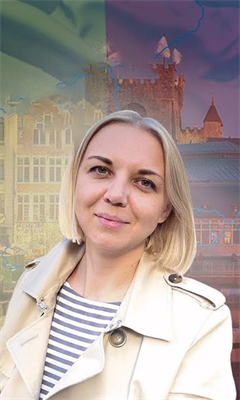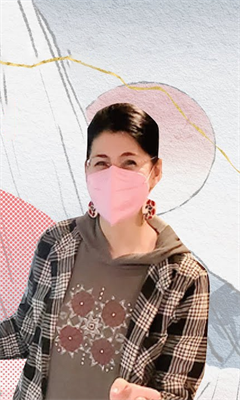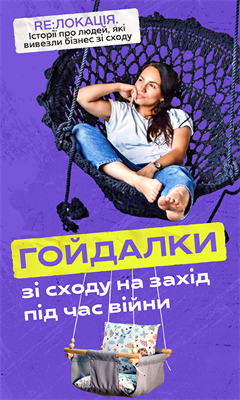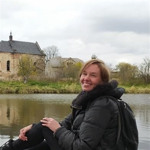Schastia as we had seen it before it was leveled to the ground. One day before Russia’s invasion
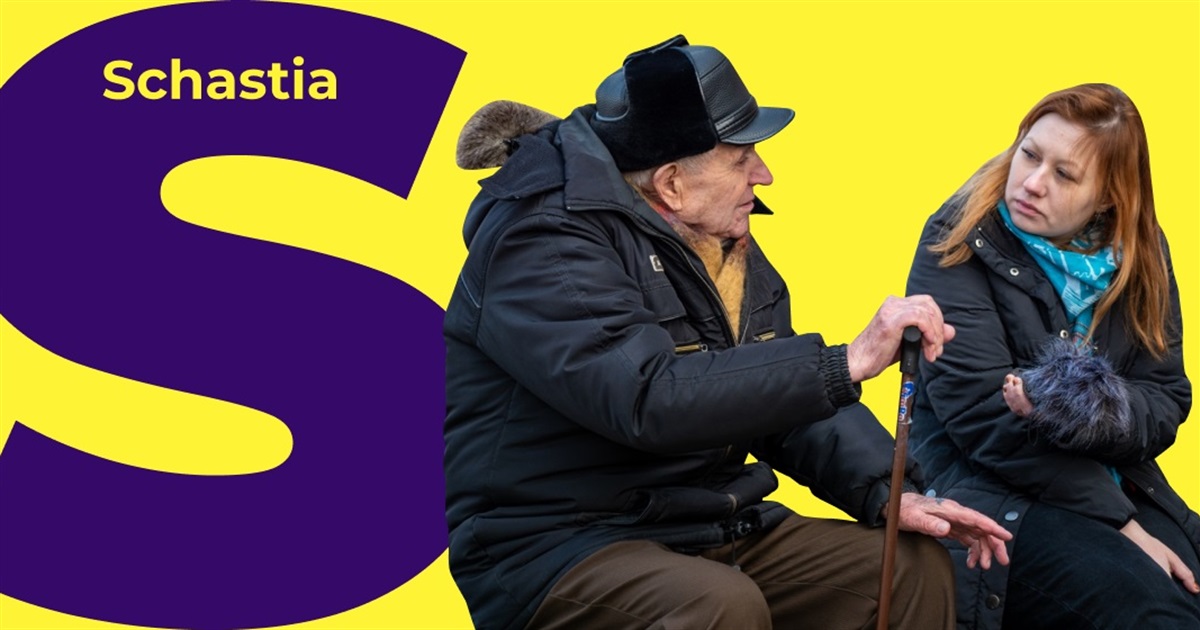
Maryna Tereshchenko, a reporter, talked to the locals, representatives of public organizations, and the authorities. She learned what people considered important, what they felt like, and what they were thinking about.
A checkpoint and a pit stop
Our team of three headed to Schastia from Severodonetsk. It was around 9 a.m. when we got to the first checkpoint and heard “Have a good journey” from our Ukrainian soldiers.
I am filming the burnt-out forests along the way.
“What if it comes handy?” I say to myself.
On our way to Schastia or Stanytsia Luhanska, we always make a stop in Novoaidar, at the 1+1 café. Who could have known that three days later it would gladly accept rubles and feed the occupiers. But at that moment, everything was going on just like before – coffee, sausage for the dog, – and on we go!
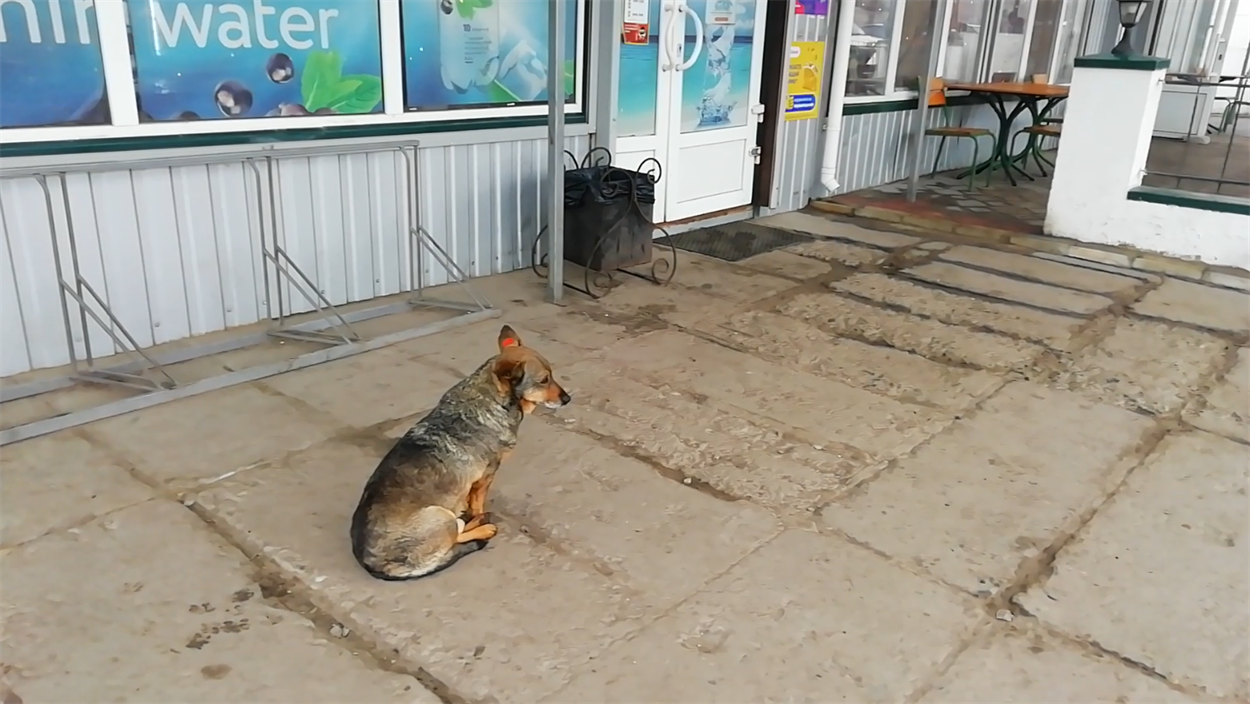 My colleagues and I always feed this dog on our way to a shooting. Novoaidar.
My colleagues and I always feed this dog on our way to a shooting. Novoaidar.
Another checkpoint, and we discuss the plan of actions, locations, and characters with the photographer. We decide to go to the Luhansk CHP plant first.
“Maryna, we are entering the town, I am taking my camera out,” says the photographer, while I am filming the road and streets with my phone.
I have never seen Schastia so empty. Even in 2014. And now there are scarce passers-by in the streets, no cars moving in the other direction, but there are many international mass media and representatives of international organizations.
Putting the CHP plant to rest
The Luhansk combined heat and power plant stopped working in Schastia on Monday, February 21, after a shelling.
“There is damage to all the outcoming electricity lines, coming to the Luhansk CHP plant in Schastia. The plant has been stopped,” said Serhiy Haidai, the governor, at that time.
Having circled the plant and pulling up at the front entrance, we noticed that there were practically no employees. Still, the security was increased. We had to get permission to take a picture. Surprisingly, we were treated with understanding. They said that other journalists usually start arguing instead of trying to find a compromise. Having shaken hands with the head of security and said the perfunctory “Peaceful skies for you!”, we headed for the town.
By the evening we found out that the CHP plant was stopped forever. It was damaged beyond repair. For people, it meant that the town of Schastia had been murdered.
At the entrance to the residential areas of Schastia, there is the Centre for the Delivery of Administrative Services (CDAS) and a fire station. Due to the threat of shelling, the CDAS moved into the building of the Civil-Military Administration (CMA), but the employees of Fire Station 32 stayed on. Discussing the situation in the town, we found out that after the shelling which had happened two days before, many people were hurriedly evacuating on their own. Supposedly, there was no centralized evacuation of the population. We go to the CMA to inquire about it.
The following day, Fire station 32 would be shelled. Another five days later, the rescuers would organize delivering water and food to those staying in the town, help sort out the rubble, look for the dead, and bury the victims of the Russian aggression. But at that moment, jokes and laughter were still heard, and the skies were remarkably silent.
A bomb shelter with comfort
It is quiet in the center of Schastia. There are some people in the streets. Someone is walking along the street, loudly talking on the phone about sending his children and grandchildren to Kharkiv. Some are going shopping, others walking their dogs.
We are heading to the Civil-Military Administration. Serhiy Dunets, its head, is not there – he is evaluating the consequences of the previous day’s shelling; we are looking for someone to talk to. The press center tells us that they have already managed to evacuate about 300 children.
“The whole staff of the information department is working to make sure that Schastia residents don’t succumb to panic. Only yesterday three residential buildings were destroyed, so people come to file a request to get compensation for their broken windows, for instance. Now we have organized the evacuation of children from the educational institutions”, says Oleksandra, the press secretary of the Schastia administration.
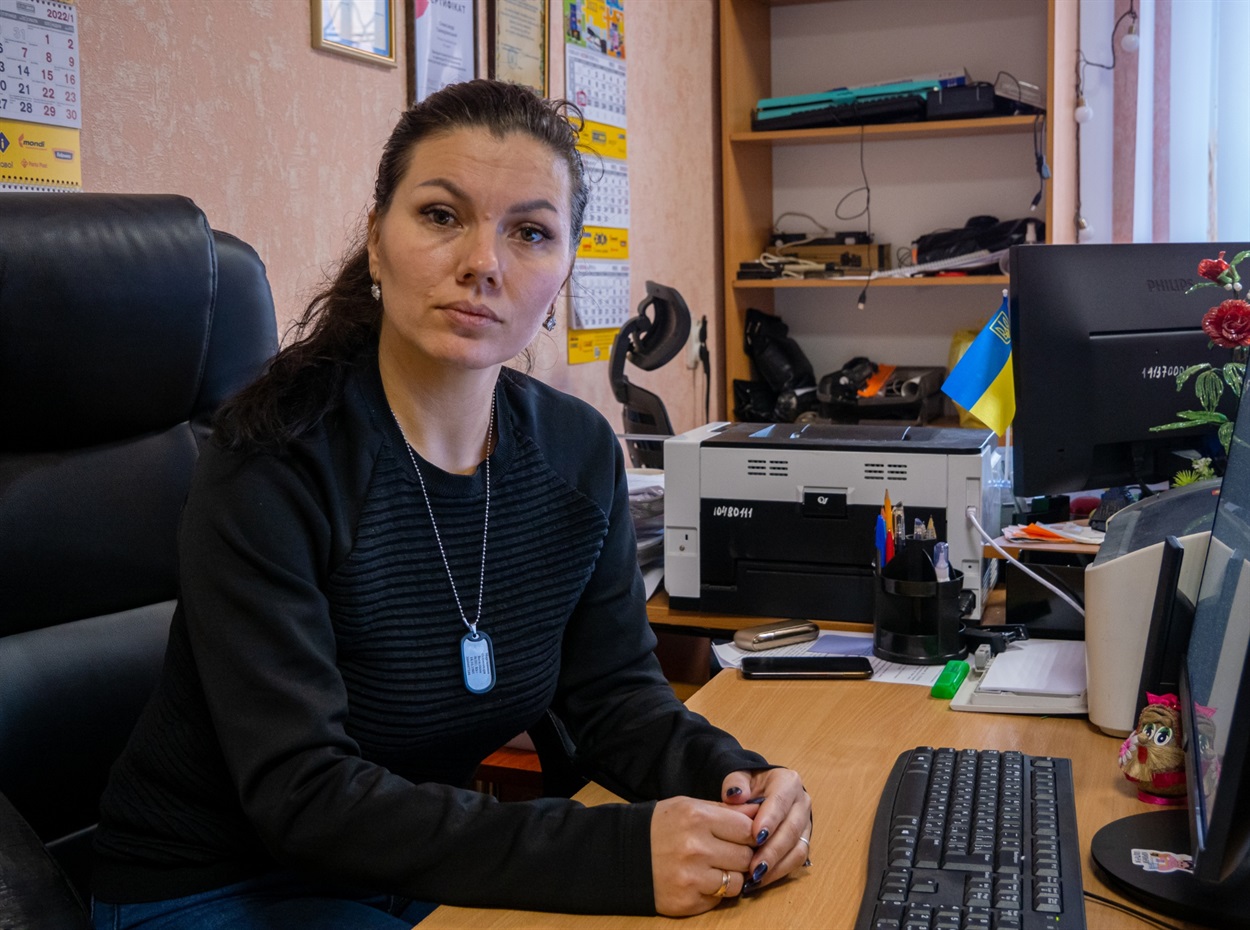
The photographer and I ask whether there are bomb shelters nearby. The nearest one is in the next house. We go there. On our way we meet a local resident, Anatoliy Mykolayovych. He is a retiree living in this building, and he had furnished the shelter together with his wife and neighbors: they brought old armchairs and mattresses, cleaned the premises, brought in a fridge. In 2014-2015, they sometimes used to stay here for weeks.
“On the days of massive shelling, we brought here everything we could from our homes – blankets, warm clothes to protect us from cold. Here we store drinking water. There is no running water in the town, I go to the pump and bring water here in bottles little by little,” says Anatoliy Mykolayovych.
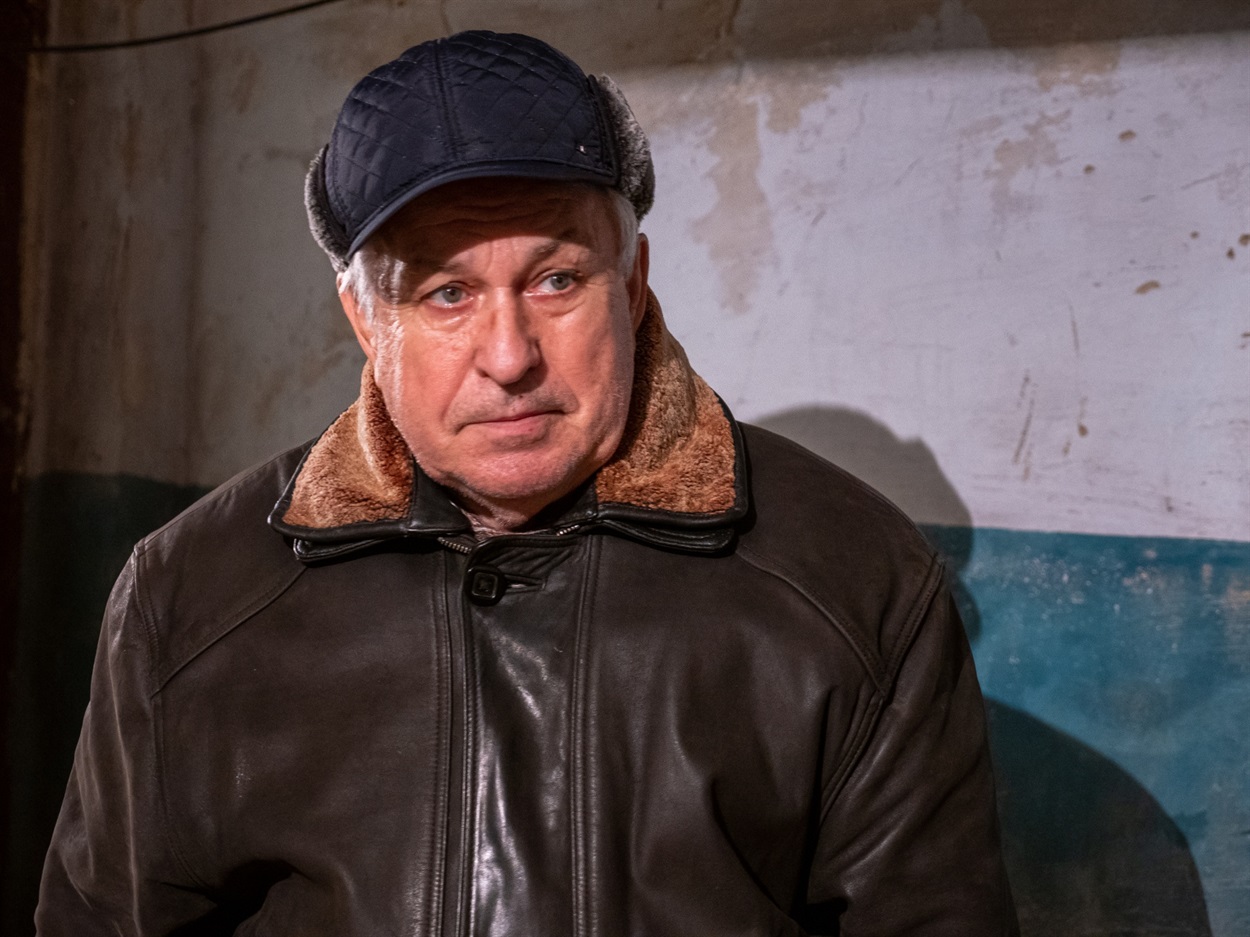
It is clean enough in here, regardless of the awful state of things up above.
We come out of the cellar. I look around and notice that I see only pensioners there.
February cats and Proliska
Also, there are many cats. Maria Arkadiyivna, feeding two cats, says there have always been many stray animals but people have also abandoned some while running from the war.
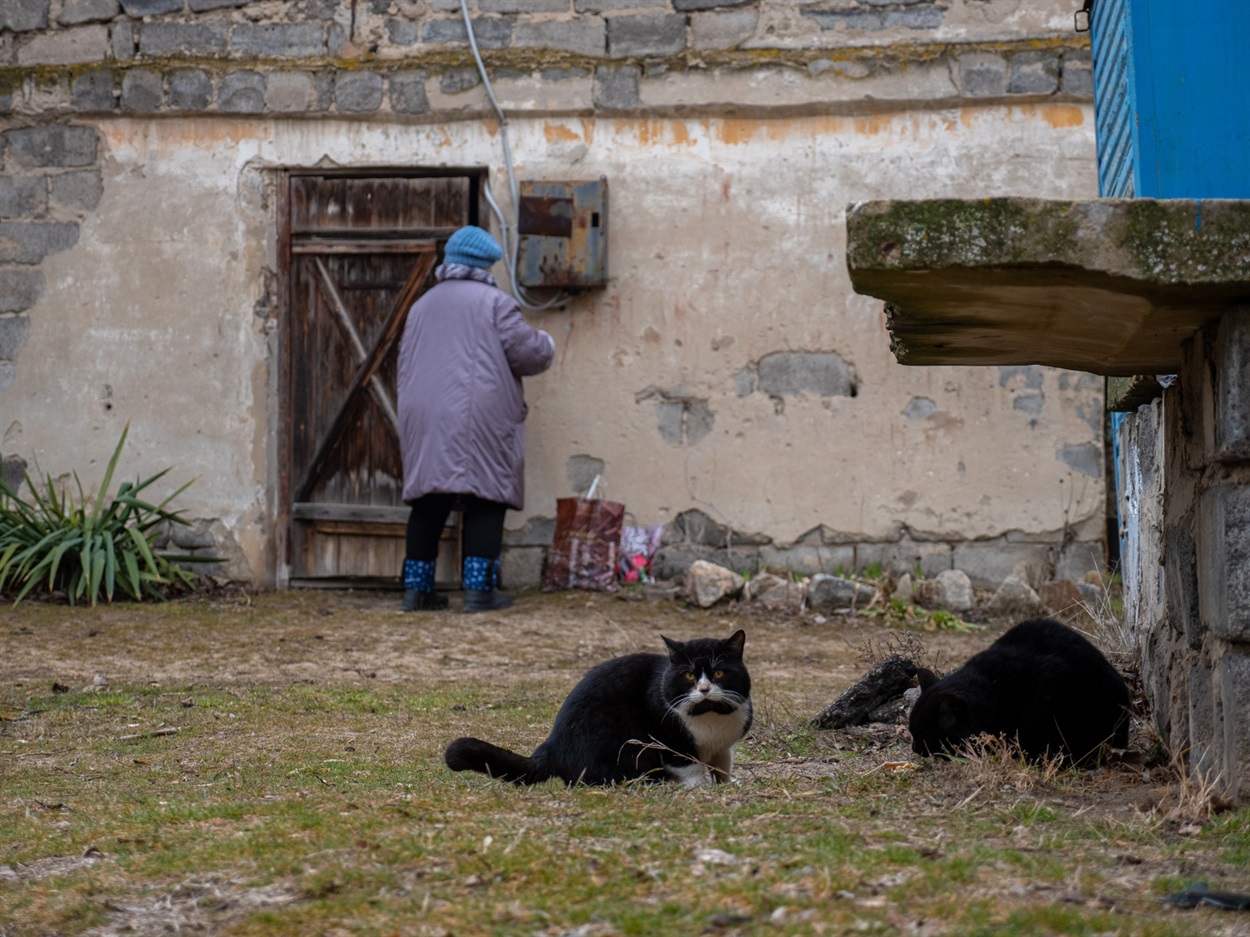 Street cats, Schastia
Street cats, Schastia
We have come to Donetska Street, which was shelled a few days before. I have immediately found a shell crater, but some foreign reporters are filming there, their gear fit for the trenches of Kilometer Zero and not the yard of a residential house. I enter the headquarters of Proliska, a humanitarian mission. While I’m there, the photographer finds more cats willing to model for him.
“Yesterday (February 22 – Svoi), when we came to work, we saw a shell crater near the neighboring house and some glass shards. Of course, such events don’t add any optimism, but we carry on working, helping people. You can see bags with clothes and shoes, household stuff here. We also give people materials for a quick fix, to tape up the windows after shelling”, says Artem Yaroshenko, the mission representative.
In addition, Proliska employees were providing psychological support to people in shock after the shelling.
As we are leaving the office, I hear Russian TV news from the window of the same house. I am cursing, and not just silently. These people are incorrigible. I immediately try to make excuses for them: many people in Schastia have families and deep roots in Russia. [Their fathers] came here “to make Donbas great again” after World War II and settled down here for good.
The average age – 70
I see some locals in the yard. The younger ones are loading up a car, getting ready to leave. They realize that they will never come back. On hearing that I am a reporter, the older ones start cursing. I ask for their permission to sit down and talk to them. I listen carefully.
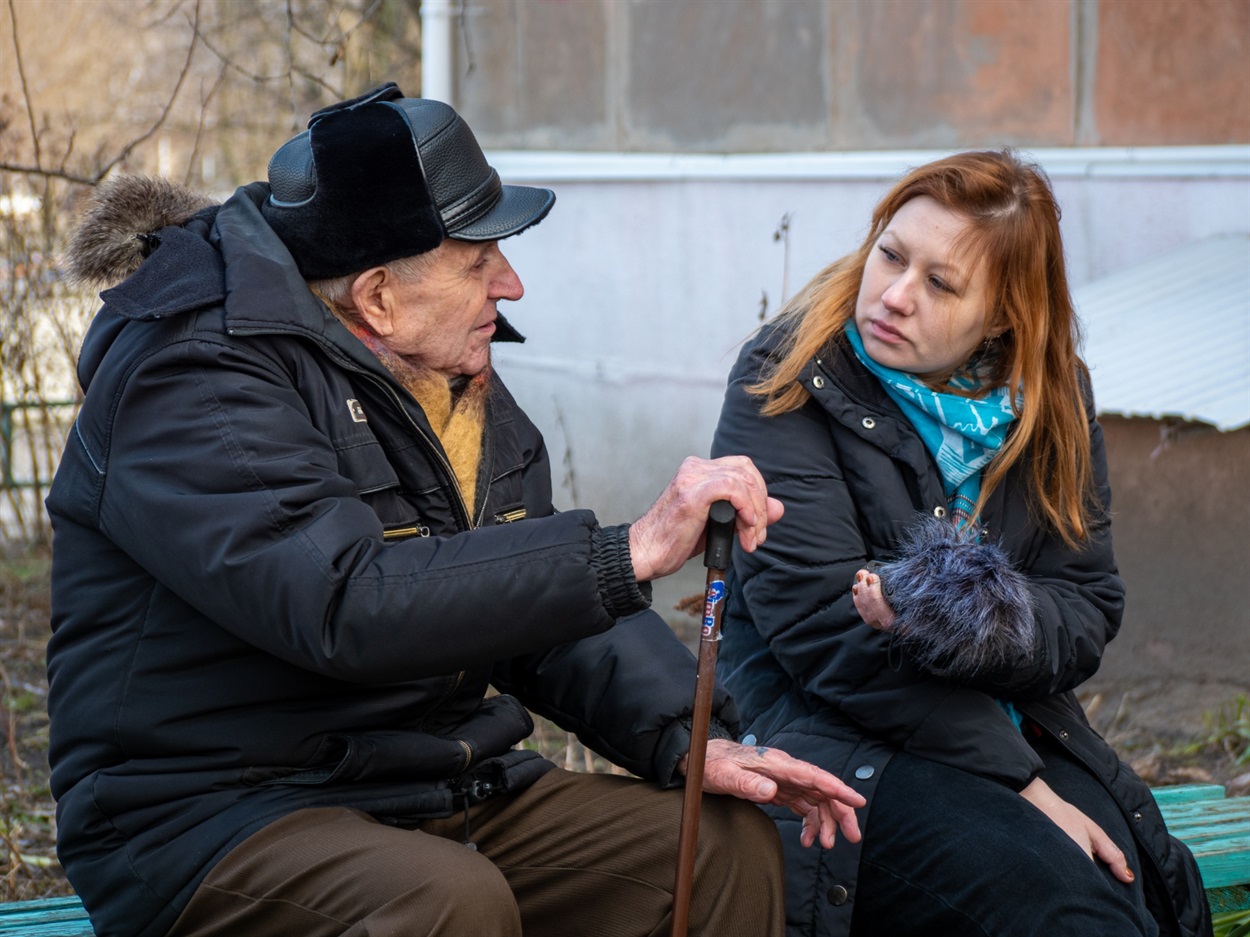 I am listening to Volodymyr, telling about himself and his wife hiding in the cellar in 2014
I am listening to Volodymyr, telling about himself and his wife hiding in the cellar in 2014
“A reporter from Kyiv has just interviewed me. She says, “Everything will be fine”. How can it be fine? We are being shelled! She has asked what I will do if Putin attacks. And how can he attack? What use does he have of me, and the ones like me? Did he not have a mother? I don't believe it. All this is because of America. It is leading its own war here, pitting us against each other”, says my first interlocutor, Lidiya Oleksandrivna.
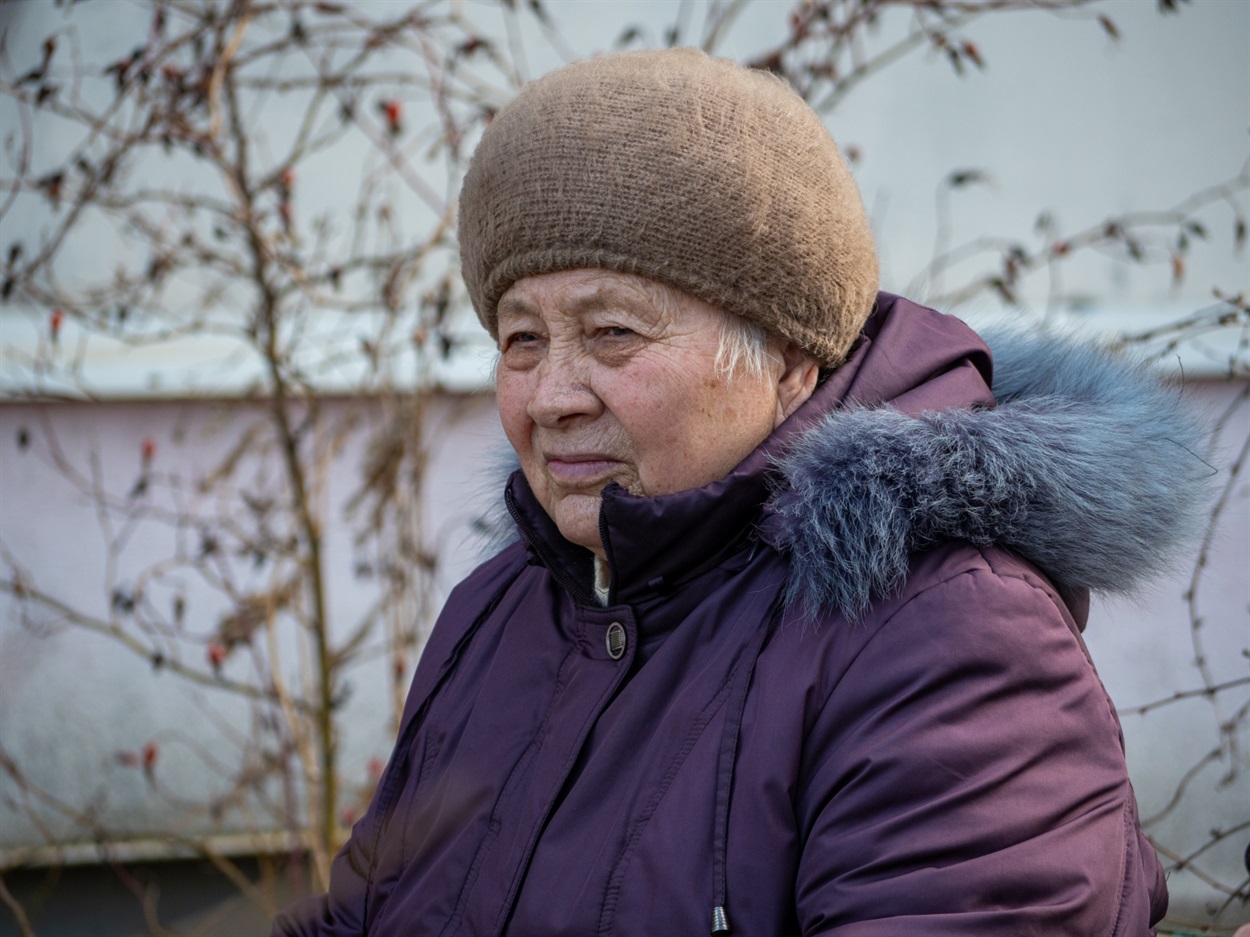 Lidiya Oleksandrivna is complaining to me at my colleagues
Lidiya Oleksandrivna is complaining to me at my colleagues
I don’t try to persuade her otherwise. From our conversation, I learn that many people here come from Russian towns and villages. They don’t have relatives in Ukraine outside Luhansk region. And they completely trust Russian TV channels which broadcast in better quality than Ukrainian ones in Schastia.
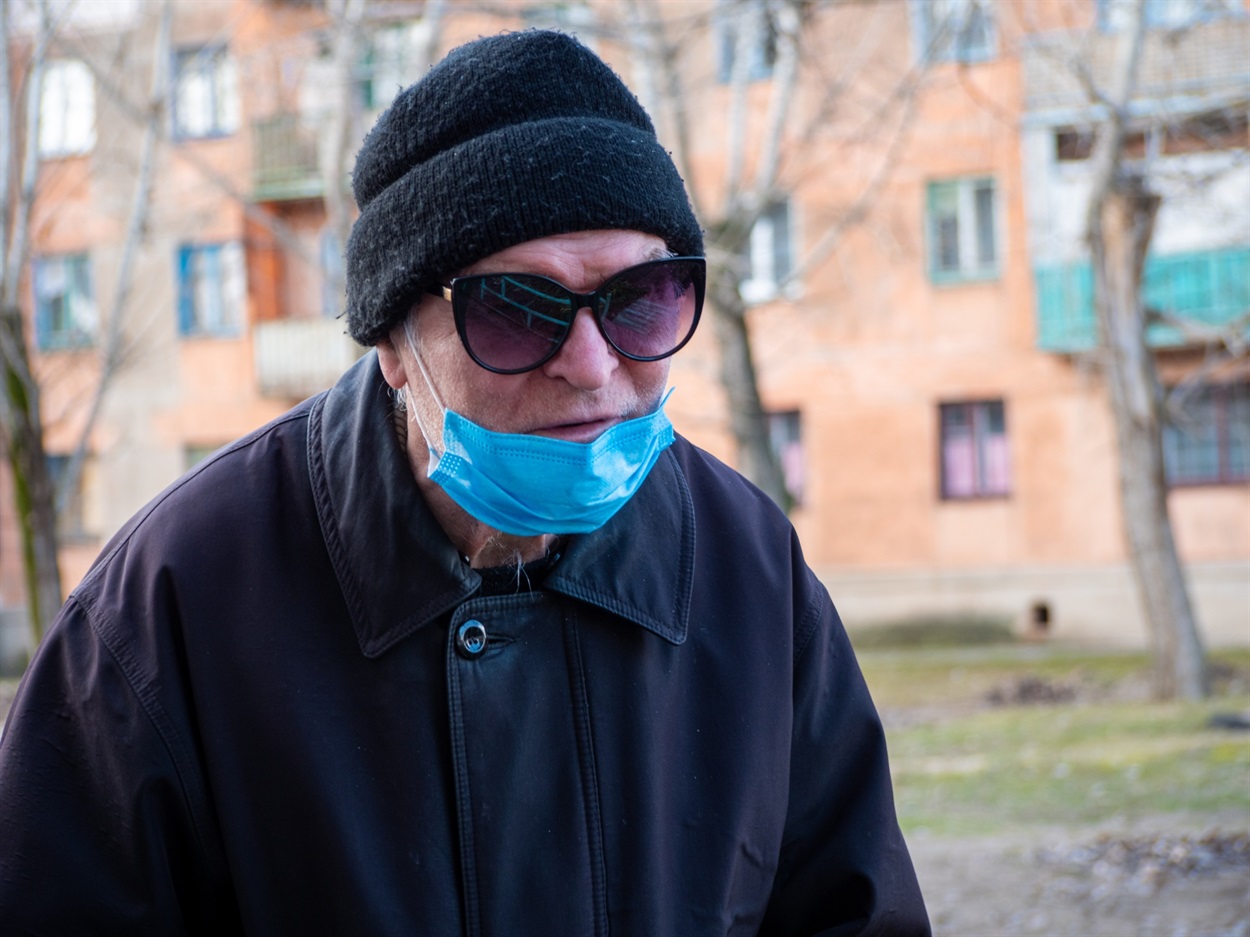
I try to persuade them to evacuate. In response, I hear that nobody wants old people.
“I was born in 1941. Where could I possibly go? Who would want my wife and me? Thisis our home. Whether it’s bad, good, or terrible, there is no place like home. We survived 2014 in the cellars, and we will survive now,” Volodymyr says.
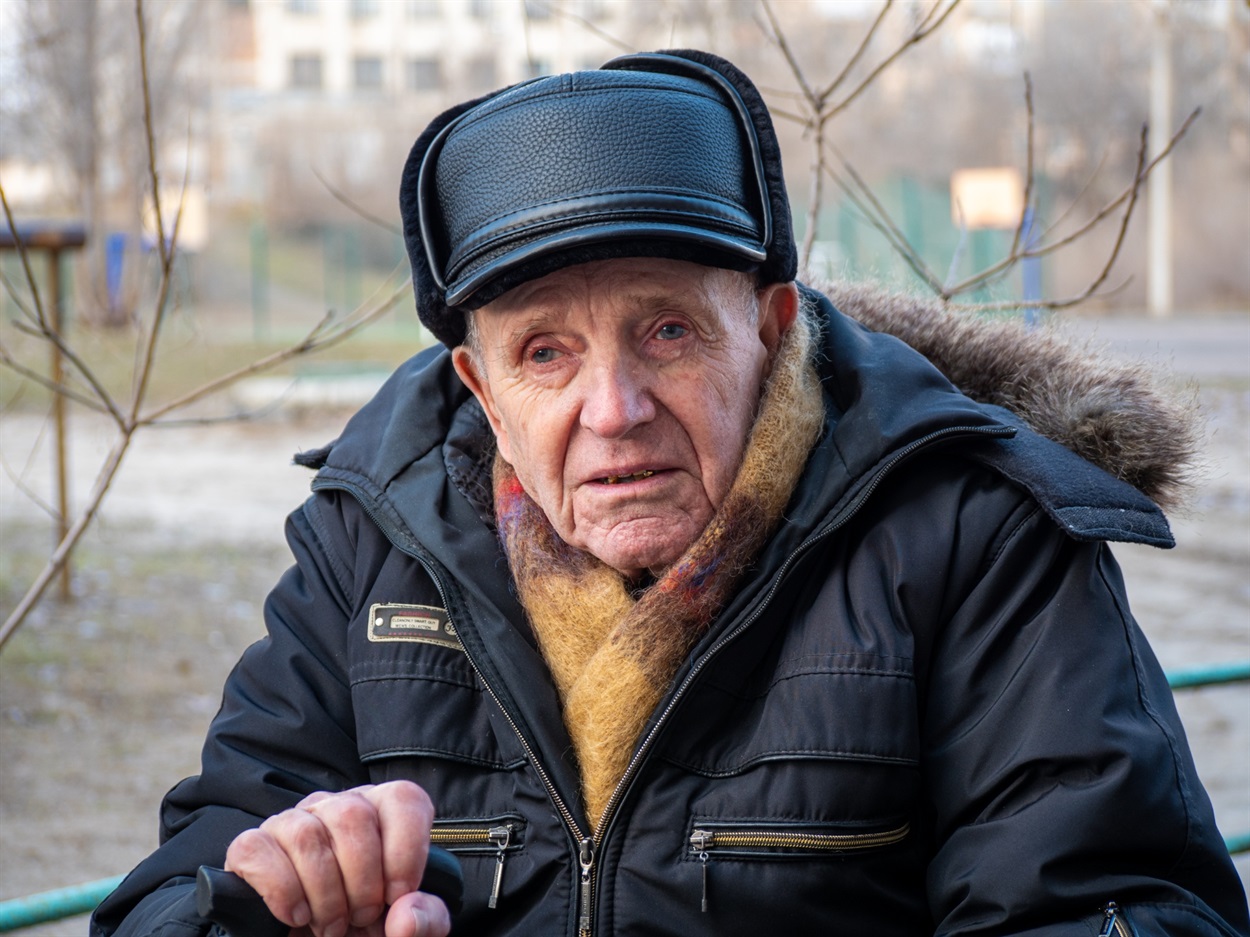
I pull out my trump card and say that there will be no ambulance to come get them if needed, and the pharmacies will shut down. They agree, nod, promise to think about it.
A week later, my colleagues and I were monitoring the lists of evacuees from Schastia. I was told that “my old people” are in Novoaidar, they are fine. They were given medicines and slippers.
I cried. Maybe those were tears of joy.
Where to go?
We came to the busy part of the town; at least that’s how I always saw it. This time there is a half-empty Oshchadbank branch and mile-long lines to ATMs at the supermarkets. Yes, there are more people here than in the projects, but they all seem to be in a hurry. Only the very few dare to talk to us. I often hear that reporters are not trusted.
“I fled with my eldest child from Luhansk in 2014, and now I am going to flee with my youngest.” My interlocutor can’t help crying.
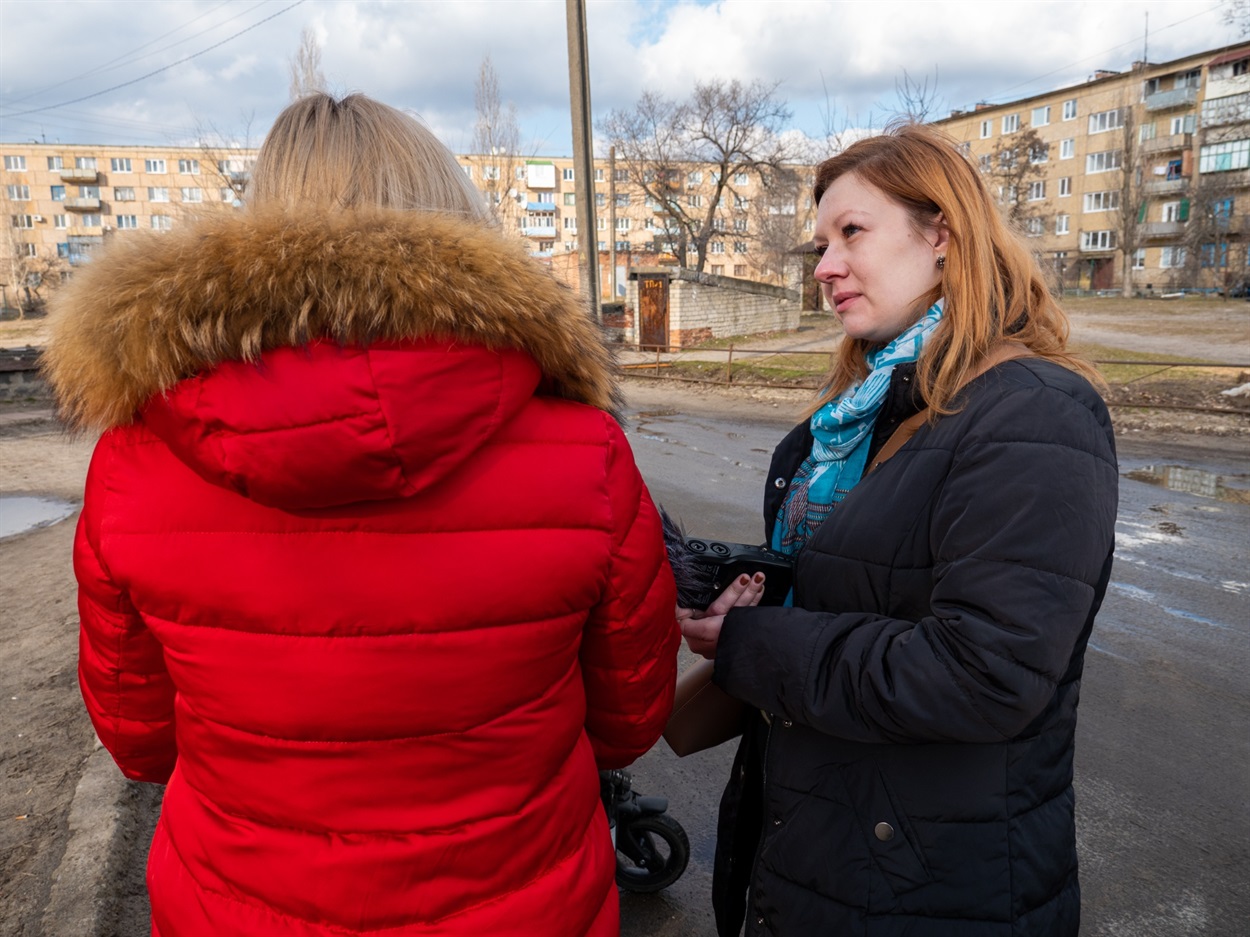
I can’t help it either. I fled from Luhansk in 2014, too. Who could have known that the very next day I would leave Sievierodonetsk in whatever fell out of the wardrobe and with a cat on my hands?
I look the other way and smile: I see people who frankly don’t care a dime for shootings and wars. A cheerful group is having fun and drinking alcohol in front of everybody. I wish I could be as careless as they are.
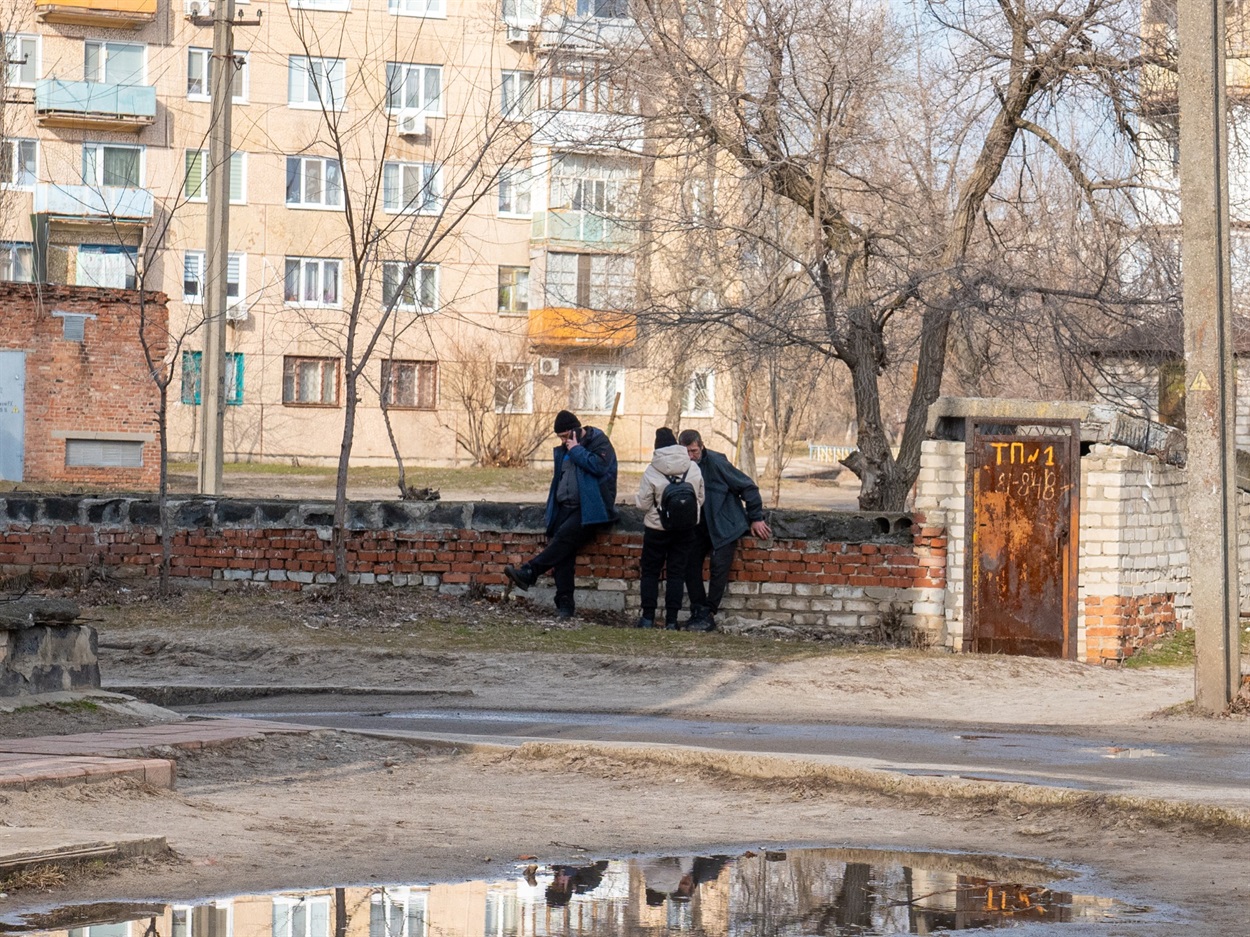
We walk to the car and almost bump into a boy of 14.
“Dima,” the kid says gravely, holding out his hand to the photographer, and goes on, “Our school is closed as it is under constant shelling. I don’t want to die there. So I came outside for a walk. I’m not afraid, but my friends won’t come out.”
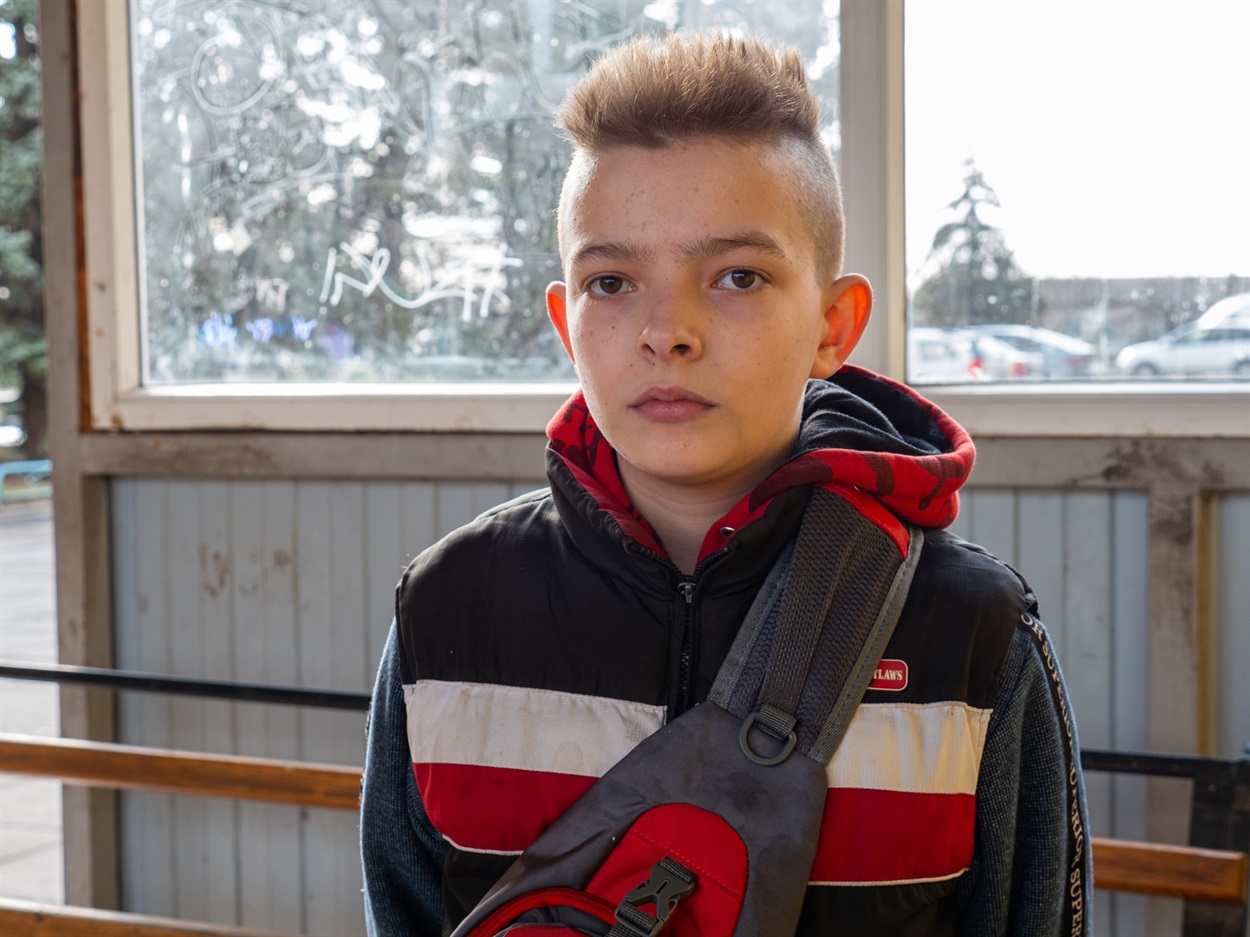
Brave kid, I do hope you are all right now
Under the Grads shelling
Exiting Schastia, we stop at a gas station. A loud noise. I look in the direction of the sound and see pillars of smoke. It was a Grad. As the smoke is dark, it means it has hit something. I am from Luhansk. I do know a thing or two about it.
“Maryna, give me the camera!”, shouts my daredevil photographer.
“Maryna, I am starting the car, start counting!” shouts the driver into my other ear. And I am counting seconds between two volleys, so that we could break out.
We are going. The speedometer says 140 kilometers per hour. My crazy photographer is trying to take pictures through the front window.
“This time we are not taking a picture at the sign,” he says to me. We have a tradition: we always take a picture at the sign “Don’t f**king hang about.”
We have made it!
P.S. On the following day, February 24, Russia attacked Ukraine. It was a full-scale invasion – with missile strikes across the whole territory of our country. Despite this, Schastia was still under shelling. 80% of the town's infrastructure was destroyed. Since February 26, the Ukrainian town of Schastia has been under Russia’s control.




